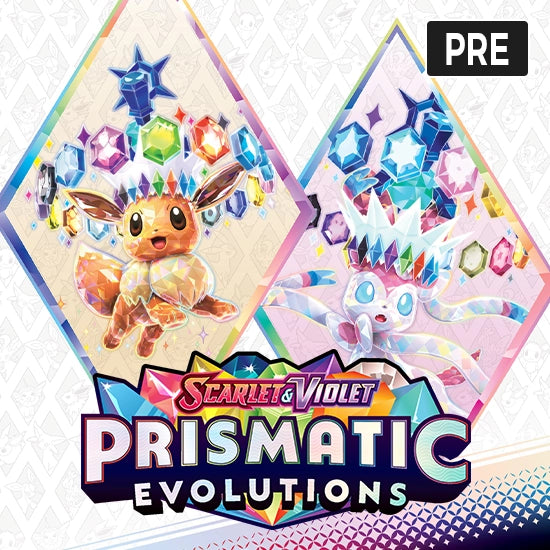Description
Plagueburst Crawlers are lumbering, formidable siege tanks whose huge ram-blades, thick armour plating and daemonic energies provide them with incredible resilience. Their fearsome plagueburst mortars boast a parabolic fire arc and terrifying range, while the shells they fire combine high-radius explosives with lethal clouds of corrosive spores to inflict damage comparable to that of Imperial Demolisher cannon. The remainder of the Crawler’s weaponry is intended to slaughter the foe up close, spraying diseased slime and hails of vital shells at any who approach.
This multi-part plastic kit contains the components necessary to assemble a Plagueburst Crawler. An extremely front-heavy tracked dozer brimming with horrible weaponry, it is covered in thick armour pitted and rusting with corrosion and decay. A standout feature is the huge, spiked dozer blade, with a symbol of Nurgle proudly displayed, picked out in skulls. It bears 2 plaguespitters on the sponsons, which you can replace with the 2 included entropy cannon, and the heavy slugger at the front-centre can be replaced with a rothail volley gun – each option is equally potent, but the biggest worry to the enemy is undoubtedly the plagueburst mortar, whose targeting mechanisms and enormous barrel dominate the rear of the vehicle.
This kit comes as 71 components.
Frequently Asked Questions
What are miniatures used for in tabletop games?
Miniatures are small, detailed models used in tabletop games to represent characters, creatures, and scenery.
They enhance the visual experience and aid in gameplay by providing a physical representation of game
elements.
How do I paint my miniatures?
Painting miniatures involves several steps: priming the miniature with a base coat, applying base colors,
adding details with fine brushes, and finishing with a protective sealant. Many hobbyists use acrylic paints
and invest in quality brushes for the best results. You can pick some up from our Paints
Section
What materials are miniatures typically made from?
Miniatures are commonly made from plastic, resin, or metal. Each material has its own advantages; plastic is
lightweight and affordable, resin captures fine details well, and metal miniatures are durable and have a
classic feel.
How can I start collecting miniatures?
Start by choosing a game or genre that interests you. Purchase a starter set or a few miniatures to begin
with, and gradually expand your collection. Joining local gaming groups or online communities can provide
valuable advice and support.
Where can I buy miniatures?
Miniatures can be purchased from Here. As well as from Hobby shops
like our Gaming Centre, or at
Conventions, or Games Workshop
What are some tips for assembling miniatures?
Use a hobby knife or clippers to carefully remove pieces from sprues. Dry fit parts before gluing to ensure
proper alignment, and use a plastic or super glue appropriate for the material. Allow glued parts to fully
dry before handling. All of these can be found Here
Can miniatures be used in different games?
While some miniatures are specific to certain games, many can be used across different tabletop games and
RPGs, especially if they fit the theme or setting. Check the scale and style to ensure compatibility.
How should I store and transport my miniatures?
Store miniatures in a cool, dry place, ideally in a protective case with individual compartments to prevent
damage. When transporting, use foam trays or padded bags to cushion the miniatures and keep them secure.
Are there any beginner-friendly miniature painting tutorials?
Yes, there are many beginner-friendly tutorials available online. Websites, YouTube channels, and hobby blogs
often provide step-by-step guides and videos to help newcomers learn painting techniques and improve their
skills.






